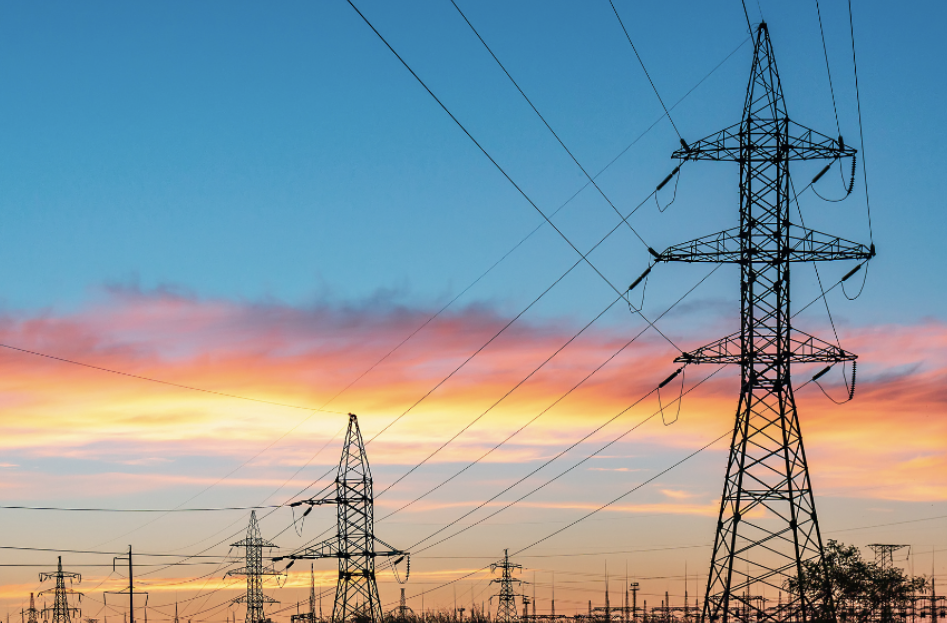
Written by Deyah El-Azhari | Edited by Hosanna Rubio
California’s energy landscape is at a crossroads. SB 540, a proposal to allow California’s grid operator (CAISO) to join a federally regulated, multi-state energy market, has ignited passionate debate across the climate, labor, and energy sectors. Proponents argue the bill would strengthen the state’s clean energy leadership, while critics warn it could erode hard-won protections and jeopardize local control.
What the Bill Proposes
SB 540 would permit CAISO to join a Regional Transmission Organization (RTO) spanning multiple Western states. This would increase efficiency in trading electricity by joining a centralized, multi-state operator. Supporters claim this shift could occur as early as 2027, with guardrails in place for governance that is transparent to the public, and leaving opening for states to withdraw if they choose.

Why Proponents Support SB 540
Advocates of the bill believe blending wind, water and solar power from the Western states is essential to making the grid cleaner and less prone to power outages. Tom Kabat, a mechanical engineer with over 30 years of experience integrating renewable energy into the grid—including work with Palo Alto’s municipal utility and efforts to make Western Area Power Administration (WAPA) hydropower responsive to other renewables in California’s energy markets—is a strong advocate for SB 540. He points to the benefits of wind in the west being available when the sun has gone down in California, and how that eliminates so much need for batteries to store sunshine for the night.

According to the view of proponents, a more integrated market helps align supply and demand over longer periods, enabling better planning and increased value for California’s excess solar production. Some warn that without SB 540, other Western states could move ahead without California, forming a regional market that leaves California at a comparative disadvantage.
Supporters also note that rooftop solar systems aren’t truly “off-grid” and still depend on an underlying network. A regional market, they argue, could help reduce the overall need for battery buildout, an important consideration given environmental concerns around lithium extraction and global supply chain forced and child labor. Overall, there remains wide support for SB540 within California’s clean energy community.
Concerns From Opponents
On the other hand, a diverse coalition of more than 100 organizations, including labor unions, environmental justice advocates, and consumer watchdog groups, oppose SB 540. Among the concerns is that handing control to a federally approved market operator could expose California’s grid to political shifts at the federal level, potentially undermining the state’s climate goals.
Critics emphasize that California already participates in a Western energy market and has access to out-of-state clean energy without relinquishing oversight. Former CPUC President Loretta Lynch cautions that expanding CAISO’s role into an RTO governed by FERC (Federal Energy Regulatory Commission) could undermine the state’s Renewables Portfolio Standard (RPS). When asked for comment, Rooftop solar advocate Dave Rosenfeld of Solar Rights Alliance commented, “Big picture, our concern with this Pathways proposal is that it seems to presume that California will get an affordable, reliable, and fossil-fuel free electricity system by committing to a "bigger is better" approach....further marginalize rooftop solar and battery storage, all while creating new risks that don't seem to have been thought through.”
The rise of energy-hungry AI data centers has also been framed as a point of concern. Critics question who really benefits from this market transformation and worry that regional market expansion prioritizes the needs of tech companies over everyday ratepayers
Labor unions have raised concerns that SB 540 could lead to job losses by shifting energy development out of state and reducing demand for in-state labor. They argue the bill was drafted without enough input from the trades. Supporter counter that a more efficient grid may reduce overall labor needs, but that doesn’t mean workers should be left behind. The challenge is ensuring the clean energy transition is both fast and fair, protecting workers while meeting climate goals.
Distributed and Centralized Energy: Aligning Strategies for a Resilient Grid
At the heart of the debate lies a deeper question about the future of California’s energy system. Should the state focus on large-scale clean energy production and long-distance transmission, or continue expanding distributed solutions like rooftop solar, battery storage, energy efficiency, and demand response? These approaches are often framed in opposition, but they can be mutually reinforcing. A more integrated regional grid under SB 540 could help balance supply and demand more effectively, potentially enhancing the role of distributed resources and creating new opportunities for coordination across scales.

Looking Ahead
SB 540 represents an ambitious vision for a more connected Western energy system. Whether it becomes a tool for accelerating decarbonization or a bill that weakens California’s energy sovereignty is a debated topic.
For now, one thing is clear: California’s energy future must balance reliability, environmental sustainability, and economic fairness. As lawmakers deliberate, they face a complex choice with long-lasting implications, not only for the grid but for the people that power it.